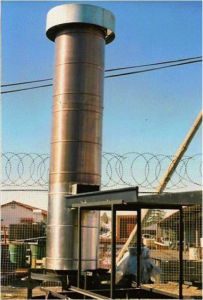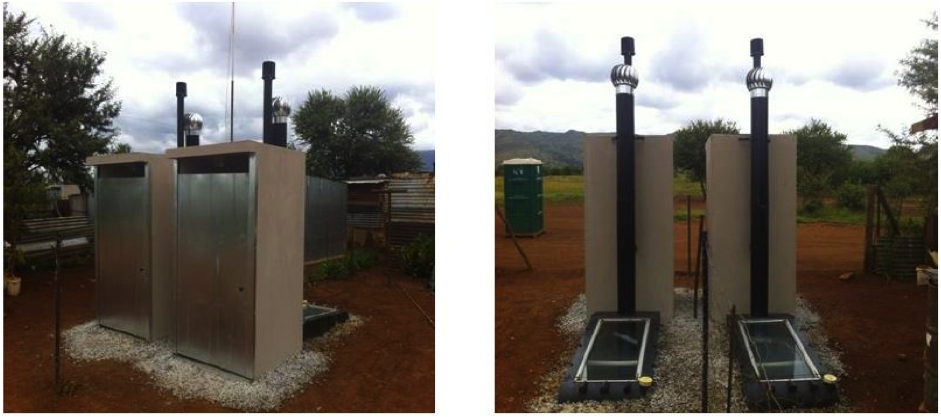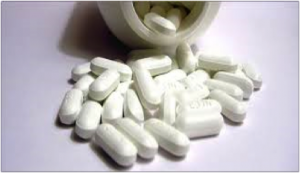LITTERGON INCINERATORS
‘A unique, simple and an accredited system to prevent waste pollution to safeguard our water resources and human health’
‘EFFICIENT INCINERATION OF GENERAL AND MEDICAL WASTE’



SALES AND MARKETING:
BOSSIE CLARKE | MOBILE: +27 82 441 7748 | EMAIL: bclarke@mweb.co.za | WEBSITE: www.littergon.com
WASTE – SOLID and MEDICAL
WASTE has been a huge discussion point lately
– here in South Africa – and in Africa.
We would like to offer a potential low cost solution to this problem by introducing you to LITTERGON INCINERATORS
‘WASTE — THE SCOURGE OF THE FUTURE‘
Solid waste, medical waste and landfills are a serious threat to
• our environment
• and our precious water resources
• and ultimately human health
We believe that our unique range of LITTERGON Incinerators due to their simplistic design are the answer;
– As they are efficient, cost effective with high outputs and low maintenance.
Please read through our BROCHURE attached –and please do not hesitate in contacting us.
Medical Waste Technologies [INCINERATION] – LITTERGON INCINERATORS
MWT – LITTERGON is a medical waste incineration supply and distribution business.
MARKET ANALYSIS, SUMMARY AND INDUSTRY BACKGROUND
BACKGROUND to the WASTE SITUATION in AFRICA
Poor waste management practices in particular the widespread dumping of wastes in water bodies and uncontrolled dump sites, aggravates the problems of generally low sanitation levels across the African continent.
Urbanisation is on the rise in Africa and this trend is expected to continue in the future. Of concern is that the infrastructure and land use planning including for waste management is not coping with the growth of urban areas (around 3.5% annually, highest in the world). This is particularly urgent in the slum areas which constitute a big part of many of the cities and towns in Africa.
Waste management infrastructure is largely non-existent in rural areas of Africa. Improvements in infrastructure are urgently needed to combat the high costs of health services, and hence alleviate poverty, and reduce rural-urban migration.

The Dandora dumpsite – destination of about 850 tonnes of solid waste generated daily by around 3.5 million inhabitants of Nairobi, Kenya’s capital city was once a quarry that the City Council of Nairobi sought to use temporarily.
But it still exists, forty years later.
In Africa very few incineration projects have been officially documented however failed operations have been recorded both in Tanzania and Nigeria. Failures were largely due to high capital, maintenance and running costs.
Infectious waste is sometimes treated with bleach, sterilized in autoclaves or incinerated. But most health-care facilities do not have access to such treatment facilities, and if they exist, they are often dysfunctional (open-air incinerators) or out of operation.
This shows that there is potential for incineration projects in Africa as there is significant demand, but this can only be successful providing that the reasons for past failures are overcome.

Landfill site in Nigeria
What are the realities in Africa?
1. The population on the African continent is growing at a very fast rate than ever before. In 2000 African had 1 billion people, it is now predicted that by 2030 it would have grown to 1.6 billion. This would represent 19% of the world’s population.
2. Africa and especially sub-Sahara Africa is experiencing an unprecedented rate of urban growth out pacing both regions. The increased sizable migration flow from rural areas presents a daunting challenge for development and the environment. It is noted that in the next 2 decades urban population would be larger than rural populations.
3. Urban waste as a result of human activity is growing at an alarming rate.
4. Urban waste disposal systems in Africa do not match the present rate of waste turn over from urban centres.
5. With poor comparative waste disposal methods, use of landfills and open pit disposal remain common waste disposal techniques
6. Waste has found its way into water sources and today is a major pollutant impacting on human health, safe water and sanitation.
7. With increase health facilities mushrooming across sub-Saharan Africa, handling and disposal of growing amount of medical waste is a growing challenge.
LITTERGON PRODUCTS AND SERVICES
LITTERGON NB FACTS
Herein NB related information on the LITTERGON INCINERATORS – general and medical waste control systems.
1. Price advantage over most other incinerator types with the same capacity and function [see quotes ]
2. Low maintenance due to the simplicity of the design [very few moving parts]
3. Easy operation [only few moving parts ] – minimal spare parts required
4. Ease of installation; simple layout and design therefore easily transportable
5. Sustainable operation when used together with commercial recycling
6. Versatile and adaptable for varying situations and applications [ solid municipal waste ]
7. All stainless steel [grade 304] construction for longer life span
8. Low energy requirement – uses mainly the waste as fuel
9. Gas fired start up [ 3,5 – 5 kg /hour for 100 kg waste/hour] gives an efficiency edge on diesel [3 litre/hour for 50 kg waste] operated systems
10. More waste disposal per hour – 100kg/hour – compared to other diesel operated systems of 50kg/hour
11. Low toxic emissions [ see appendix 4]
12. High temperature process [800 up to 1200 degrees C – and with a blower system can be in excess of 1300 [see appendix 5 ]
13. Can also be used in rural areas with the free flow systems [rural clinics]
14. A hot water jacket can be fitted to produce hot water
15. Has been used successfully by the WHO in other countries- including AFRICA
16. A scrubber – to ensure that certain harmful substances are absorbed and quench high temperature gases at the exit
17. A blower system can be installed to get to more extreme temperatures
– Research conducted by the Department of Chemical Engineering at the University of Stellenbosch revealed the following waste burning emissions tested on a LITTERGON incinerator. Tests were done using a mixed bag of plastics containing 5% PVC.

– As seen above, Littergon units more than meet the required emission levels for incinerators making them more environmentally friendly than is required. Furthermore by adopting correct recycling practices will further lower the environmental effect and reduce waste significantly, particularly compared to landfill sites.
NB – Our products are not diesel operated machines – rather gas fired or free flow
We feel that our incinerators, due their simplistic design are therefore more efficient and cost effective -with high outputs and low maintenance.

















